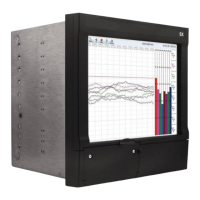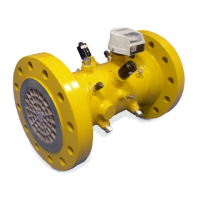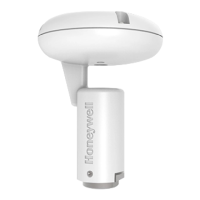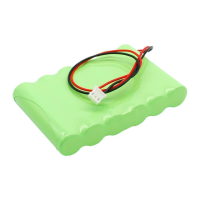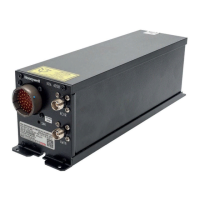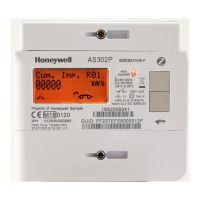Honeywell Sensing and Control 47
SC 2000, SC2001, SC3004
Rev. G, 008-0608-00
11.8 Troubleshooting
11.8.1 Error Messages
See “Error Messages” on page 73 for information relating to error
messages.
11.8.2 Common Problems and Solutions
Erratic Display
• Checkelectricalconnectionsforcontinuityandthetrans-
ducer’s wiring code from its Certificate of Calibration.
• Makesurethatthedisplacementonthetransduceriscon-
stant.
• Checktheinputtothe(+)Signal(“+SIG”)and(-)Signal(“-
SIG”) pins with an RMS voltmeter in its “AC Voltage” mode.
Using a voltmeter in its dc Voltage mode will always display
0.
+OVLD or -OVLD on Display
• Indicatesthatthevoltageacrossthe(+)Signal(“+SIG”)and
(-)Signal (“-SIG”) pins is overranging or underranging the
amplifier circuit. Make certain all wires are connected prop-
erly, the “CALIBRATION DATA -> FULL SCALE VRMS” menu item
is set correctly, and that a calibration has been performed
per “Calibration Procedure” on page 40.
• Ifyoumovethearmaturebacktoitselectricalnullpointand
you still see this message, the (+)Excitation (“+EXC”) or (-)
Excitation (“-EXC”) pins may be shorted to the (+)Signal
(“+SIG”) or (-)Signal (“-SIG”) pins.
Analog Output Incorrect
• MakecertainofthetypeofAnalogOutput(voltageorcur-
rent) that the channel is equipped with; see “Identifying the
Output Type” on page 46.
• UsetheDIAGNOSTICS -> DAC FULL SCALE and DIAGNOSTICS ->
DAC ZERO SCALE menu items to force the Analog Output to a
known output. Then, adjust your readout device, panel meter,
PLC or data acquisition system to match.
• Checktheoutputselectionjumpers;see“OutputSelection”
on page 46.
Auxiliary Function Pins Not Operating
• MakesurethattheAUX1 FUNCTION or AUX2 FUNCTION SETUP
menu items are set correctly; if they are set to DISABLED
then they will not operate.
• TheAuxiliaryFunction(“AUX1”and“AUX2”)pinsmustbe
connected to pin 10, not pin 8, to activate them.
Sensitivity to EMI/RFI
To obtain maximum immunity to electromagnetic or radio frequen-
cy interference, make certain that the shields of the transducer
cables are connected to the “cable shield connection screw”
on the rear panel of the instrument. See “Connection of Four- or
Five-wire AC/AC-LVDT” on page 39, “External Arrangement of
AC powered SC2000” on page 10 and “External Arrangement of
Model SC3004” on page 15.
Non-linearity at the end of the LVDT’s mechanical range
Most LVDTs have a usable measuring range that is smaller than
their mechanical range. See “Electrical Null and Transducer
Mounting” on page 45 for information on establishing the LVDT’s
electrical null point to insure that the LVDT will be operated in its
usable measuring range.
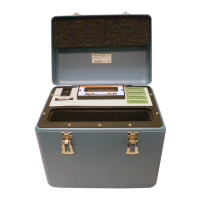
